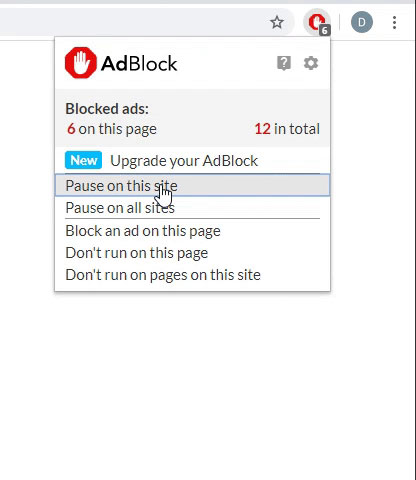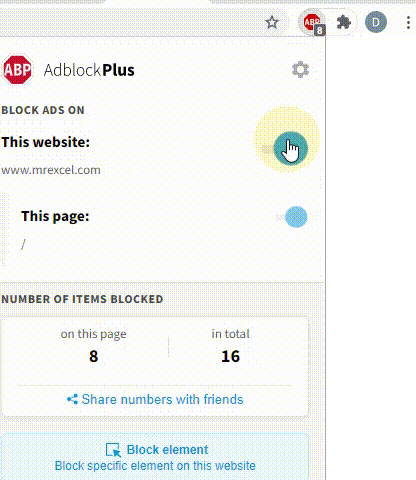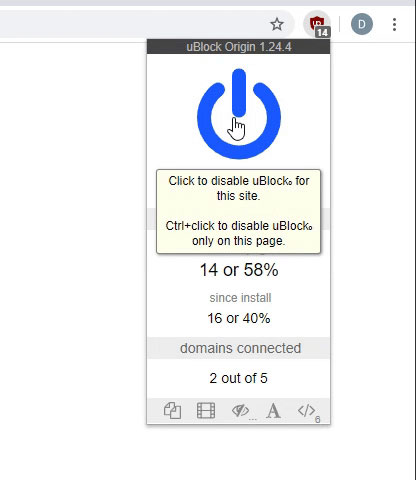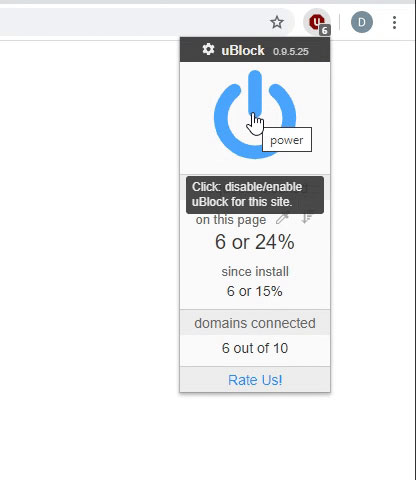Option Explicit
Sub CreateMail()
Dim objOutlook As Object
Dim objMail As Object
Dim i As Integer
Const olMailItem As Long = 0
For i = 2 To Cells(Rows.Count, 1).End(xlUp).Row '~~> Change to i = 2 if you have headings
Set objOutlook = CreateObject("Outlook.Application")
Set objMail = objOutlook.CreateItem(olMailItem)
With objMail '~~> Chnage Below columns to suit your data, this was based off your example offsets
.To = Range("A" & i).Value
.CC = Range("B" & i).Value
.BCC = Range("C" & i).Value
.Subject = Range("D" & i).Value
If Range("F" & i).Value <> "" Then
.Attachments.Add Range("F" & i).Value
End If
If Range("G" & i).Value <> "" Then
.Attachments.Add Range("G" & i).Value
End If
If Range("H" & i).Value <> "" Then
.Attachments.Add Range("H" & i).Value
End If
.HTMLBody = RangetoHTML(Range("E" & i)) '~~> You can change this to any range
.Display
'.Send 'uncomment this line to automatically send emails without reviewing first
' NOT A GOOD IDEA ! There could be errors. Proof read before sending.
End With
Set objOutlook = Nothing
Set objMail = Nothing
Next i
DeleteFiles
End Sub
Function RangetoHTML(rng As Range)
' Changed by Ron de Bruin 28-Oct-2006
' Working in Office 2000-2016
Dim fso As Object
Dim ts As Object
Dim TempFile As String
Dim TempWB As Workbook
TempFile = Environ$("temp") & "\" & Format(Now, "dd-mm-yy h-mm-ss") & ".htm"
'Copy the range and create a new workbook to past the data in
rng.Copy
Set TempWB = Workbooks.Add(1)
With TempWB.Sheets(1)
.Cells(1).PasteSpecial Paste:=8
.Cells(1).PasteSpecial xlPasteValues, , False, False
.Cells(1).PasteSpecial xlPasteFormats, , False, False
.Cells(1).Select
Application.CutCopyMode = False
On Error Resume Next
.DrawingObjects.Visible = True
.DrawingObjects.Delete
On Error GoTo 0
End With
'Publish the sheet to a htm file
With TempWB.PublishObjects.Add( _
SourceType:=xlSourceRange, _
Filename:=TempFile, _
Sheet:=TempWB.Sheets(1).Name, _
Source:=TempWB.Sheets(1).UsedRange.Address, _
HtmlType:=xlHtmlStatic)
.Publish (True)
End With
'Read all data from the htm file into RangetoHTML
Set fso = CreateObject("Scripting.FileSystemObject")
Set ts = fso.GetFile(TempFile).OpenAsTextStream(1, -2)
RangetoHTML = ts.readall
ts.Close
RangetoHTML = Replace(RangetoHTML, "align=center x:publishsource=", _
"align=left x:publishsource=")
'Close TempWB
TempWB.Close SaveChanges:=False
'Delete the htm file we used in this function
Kill TempFile
Set ts = Nothing
Set fso = Nothing
Set TempWB = Nothing
End Function
Sub SaveShtsAsBook()
Dim Sheet As Worksheet, SheetName$, MyFilePath$, N&
MyFilePath$ = ActiveWorkbook.Path & "\" & _
Left(ThisWorkbook.Name, Len(ThisWorkbook.Name) - 4)
With Application
.ScreenUpdating = False
.DisplayAlerts = False
' End With
On Error Resume Next '<< a folder exists
MkDir MyFilePath '<< create a folder
For N = 1 To Sheets.Count
Sheets(N).Activate
SheetName = ActiveSheet.Name
Cells.Copy
Workbooks.Add (xlWBATWorksheet)
With ActiveWorkbook
With .ActiveSheet
.Paste
.Name = SheetName
[A1].Select
End With
'save book in this folder
.SaveAs Filename:=MyFilePath _
& "\" & SheetName & ".xlsx" '
.Close SaveChanges:=True
End With
.CutCopyMode = False
Next
End With
Sheet1.Activate
CreateMail
End Sub
Sub DeleteFiles()
Dim aFile As String, bFile As String
aFile = ActiveWorkbook.Path & "\" & Left(ThisWorkbook.Name, Len(ThisWorkbook.Name) - 5) & "\" & "*.*"
bFile = ActiveWorkbook.Path & "\" & Left(ThisWorkbook.Name, Len(ThisWorkbook.Name) - 5) & "\"
If Len(Dir$(aFile)) > 0 Then
Kill aFile
End If
Application.Wait (Now + TimeValue("0:00:01"))
Application.WindowState = xlMinimized
Application.Visible = False
RmDir bFile
Application.Quit
End Sub
Sub clrColF()
Range("F2:H100").Clear
End Sub





